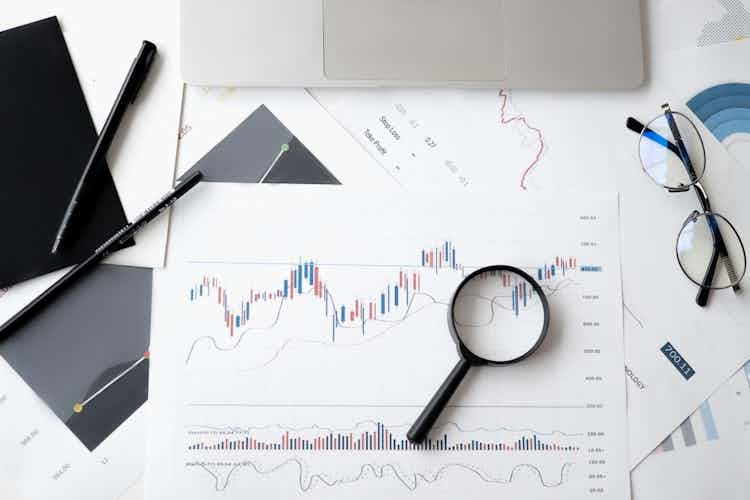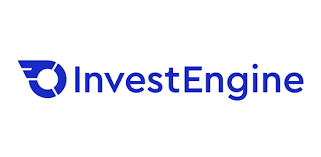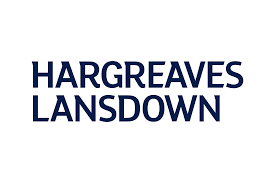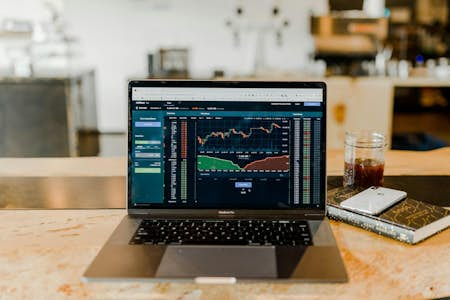While past performance is never a sign of future performance, it can still be helpful to look at the history of a company and its stock price. In doing so, you can see how the company fared through economically turbulent times.
Aviva is a well-known, blue-chip brand and a company that many people invest in, either through their company pension plan, in a self-invested personal pension (SIPP), or an ISA.
Discover the UK's leading investment platforms, whatever your investment goals. Click on a provider below to get started!
Who is Aviva Plc?
Aviva is a FTSE 100 company. It’s an international insurance and financial services business headquartered in London, United Kingdom. It’s an exceptionally old British company with links back to 1696 when a constituent of Aviva, the Hand in Hand, established itself as a mutual society.
Now, it offers customers general insurance, life insurance, savings products, asset management services and retirement solutions. It has franchises in Ireland, Canada, and the UK and seeks to help its customers build their financial security.
What is the history of the Aviva share price?
As with any company, Aviva's share piece has seen various fluctuations through the years. Let’s outline the history of the Aviva share price alongside significant events over the past 20 years.
Share prices quote in GBX, an abbreviation for "pence sterling," a subdivision of the British pound. So, one pound (GBP) equals 100 pence (GBX). We've converted the share prices below to traditional pounds and pence to simplify things.
Aviva's share price has had its ups and downs over the years, primarily driven by major events.
In 2002, the share price dropped significantly to £5.08 when Aviva purchased Abeille Vie, a French life insurance company. The 2008 financial crisis saw it fall even further to £2.61.
After eight years hovering around £4.96, the Brexit vote in 2016 caused the share price to dip to £3.81, only to grow to £7.12 in 2017. Then, in 2020, the Covid-19 pandemic hit, and Aviva's share price dropped to £3.04.
These fluctuations show how Aviva has faced tough times but has also shown resilience, making it a potentially interesting investment option considering its history.
Price changes will all be for different reasons but generally reflect how the market perceives the company’s ability to succeed in light of economic conditions and regulatory changes. Prices also reflect how investors view the most current real-time company news - so changes in personnel, earnings forecasts, and any other important updates such as dividend data.
Key measures when investing in Aviva
It can be helpful to look at several key investment measures when considering Aviva (and all other potential investments) for your portfolio. Some of the most popular ways of looking at a company’s fundamentals are:
Earnings per share (EPS)
EPS indicates a company’s profitability. It can often influence its share price as it is a much-used investment metric. A positive EPS shows that a company is generating profits, while the higher the EPS, the stronger the financial performance.
It’s vital not to look at it in isolation, however. You should compare EPS needs to a company’s historical EPS as well as the EPS of competitors (so Legal & General, for example, when looking at Aviva). Other companies offering investment products, like Barclays or Lloyds, could also be a helpful comparison.
Price to Earnings Ratio (P/E)
A company’s P/E ratio looks at the stock valuation in relation to its earnings. It’s not a hard and fast rule, but a lower P/E can sometimes suggest a market undervaluation. That being said, a very low P/E can sometimes indicate underlying issues with a company. Again, it’s crucial to contextualise figures by comparing P/E across industry peers.
Return on equity (ROE)
When calculating ROE, you can identify how well a company profits from shareholders’ equity. You can calculate it by dividing net income by shareholder equity. A higher ROE often points to a company that can use its equity efficiently to generate earnings. It can be a good way to see how well management runs a company.
Debt to equity ratio
For this ratio, you can compare a company’s liabilities (or debt) to its equity. It can be a helpful way to look at a company’s financial stability.
A high ratio means that a company relies on debt to finance its operations, so there will be an increased financial risk as they will use a lot of their cash flow to service that debt. When the ratio is low, it often points to a company having better financial stability - though accessing credit can be a good way for a company to expand and ultimately grow its market capitalisation.
Buying Aviva shares
If you are considering buying Aviva shares, having analysed price information and other market factors, you can do so through a brokerage account. If you don’t already have one, online brokerage platforms can be a quick way to buy and sell shares. From your account, you’ll need to search for Aviva’s stock. It has a ticker symbol on the London Stock Exchange (LSE) of AV.L. Pick the number of shares you want to buy and place your order through your platform.
Your platform will likely allow you to pick an order type. Market orders are when you buy at the current market price. Limit orders are when you set a specific price you are willing to pay. Depending on your investment style, one will likely suit you better than the other.
Once you have executed your order, you’ll receive a confirmation of the transaction - detailing the price you paid and in what currency, such as GBP, USD, etc.
Using past share prices to inform investment decisions
The much-used disclaimer ‘past performance is not an indicator of future performance’ is much used for a reason. Changes in the global economy or any other unfavourable events, such as recessions or natural disasters, can negatively impact a company's ability to perform in the future, despite its previous success. It is absolutely possible that even big companies like Aviva can lose all their value despite what their previous share price highs were.
However, historical prices can indicate how a company performed in the past and, therefore, can help inform investment choices for the future. It's crucial to compare the same prices when analysing securities. This means you should always use either intraday prices, representing fluctuations within a single day's trading hours, or closing prices, representing the final price at which a security trades during regular market hours. It's important not to mix the two price types when making comparisons.
In doing so, you ensure a consistent approach, which can complement other research to help structure your portfolio. When looking at those prices, supported by broader research, you can make a much better final decision.
Image Credit: Anna Nekrashevich at Pexels







